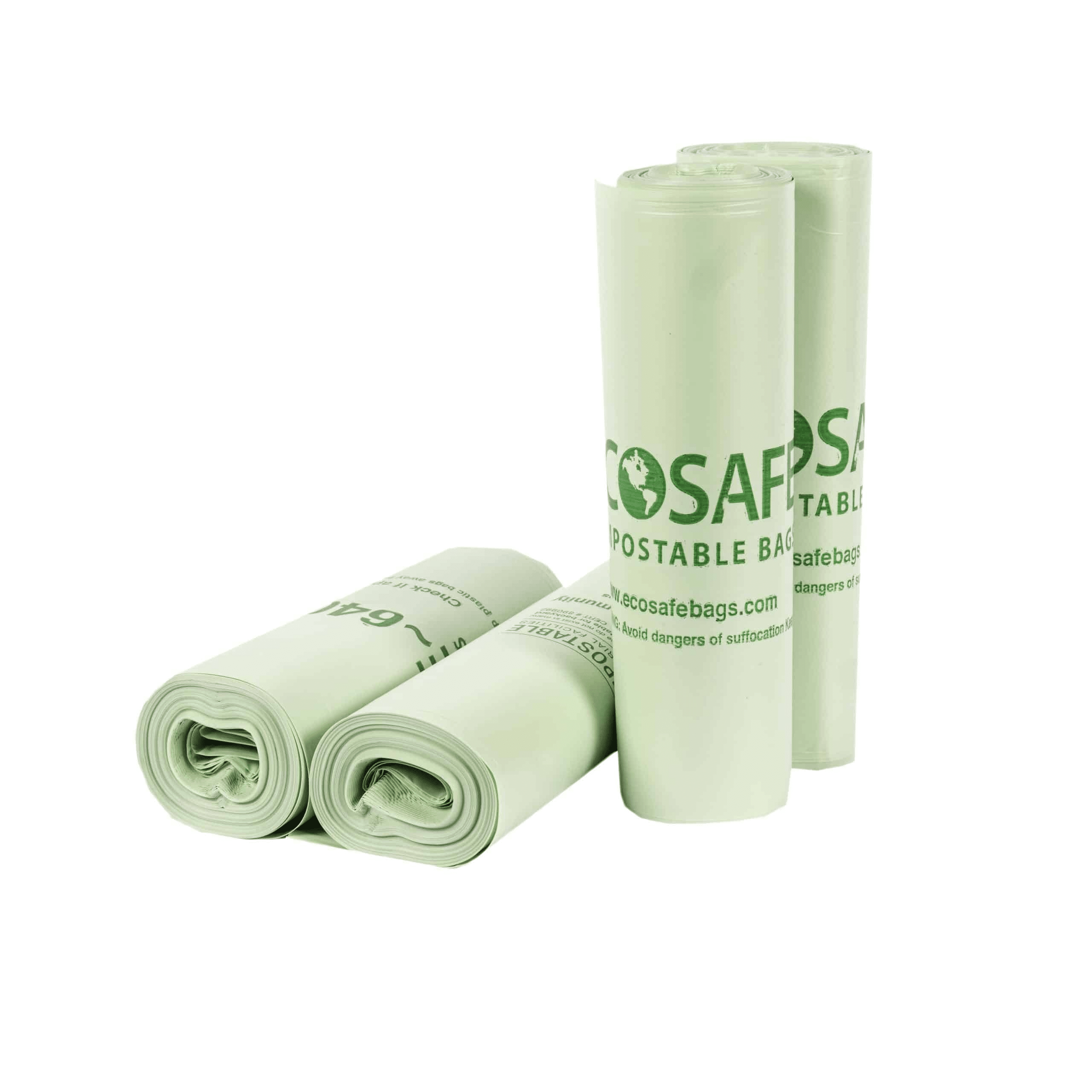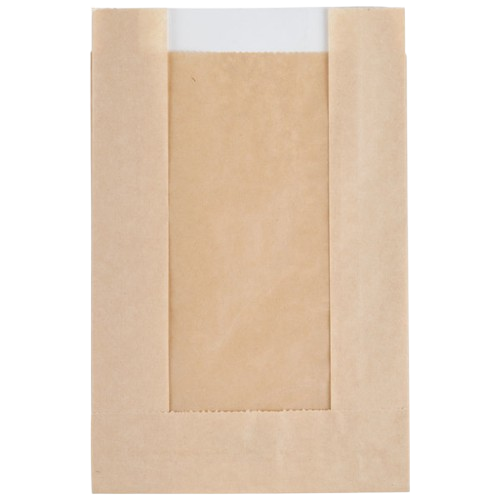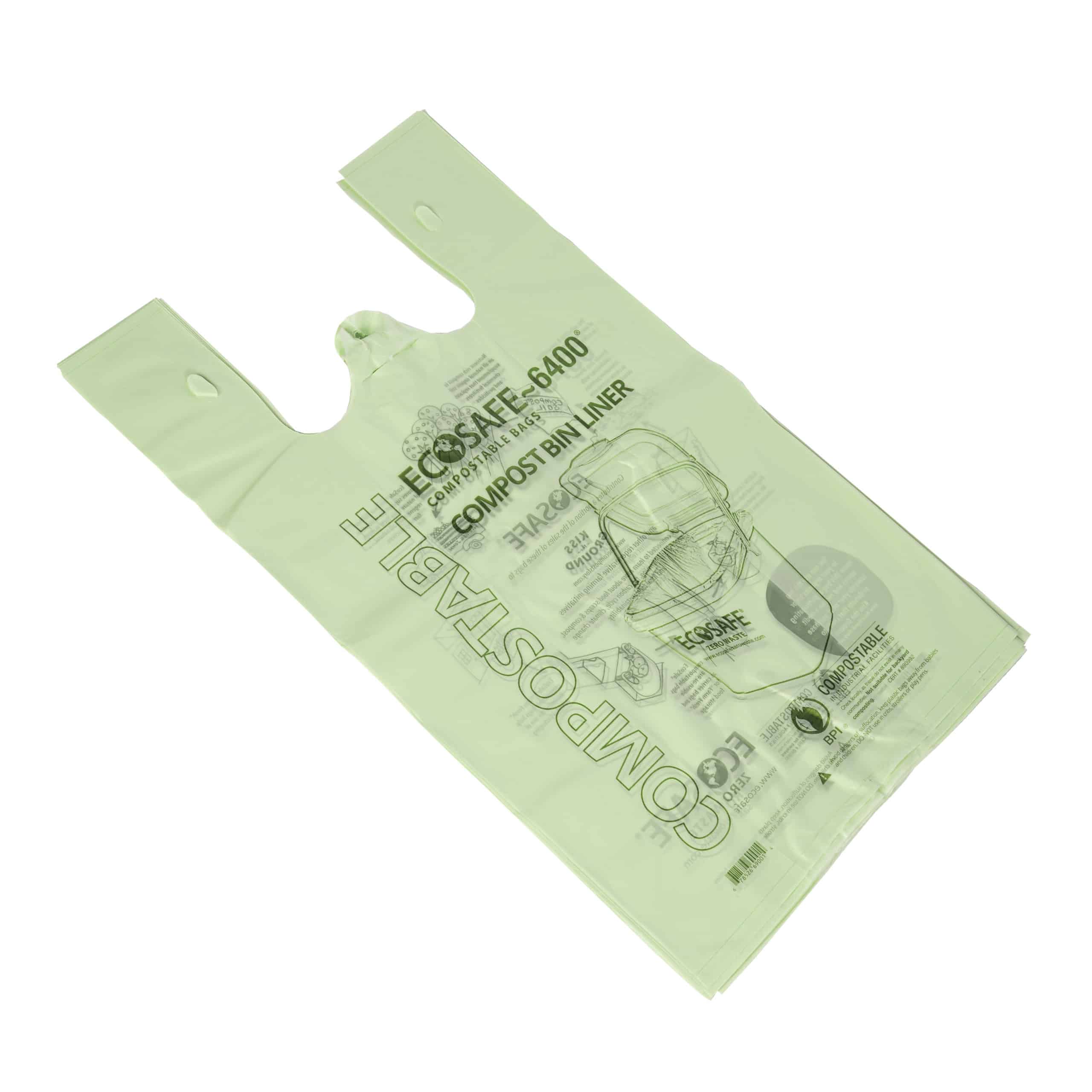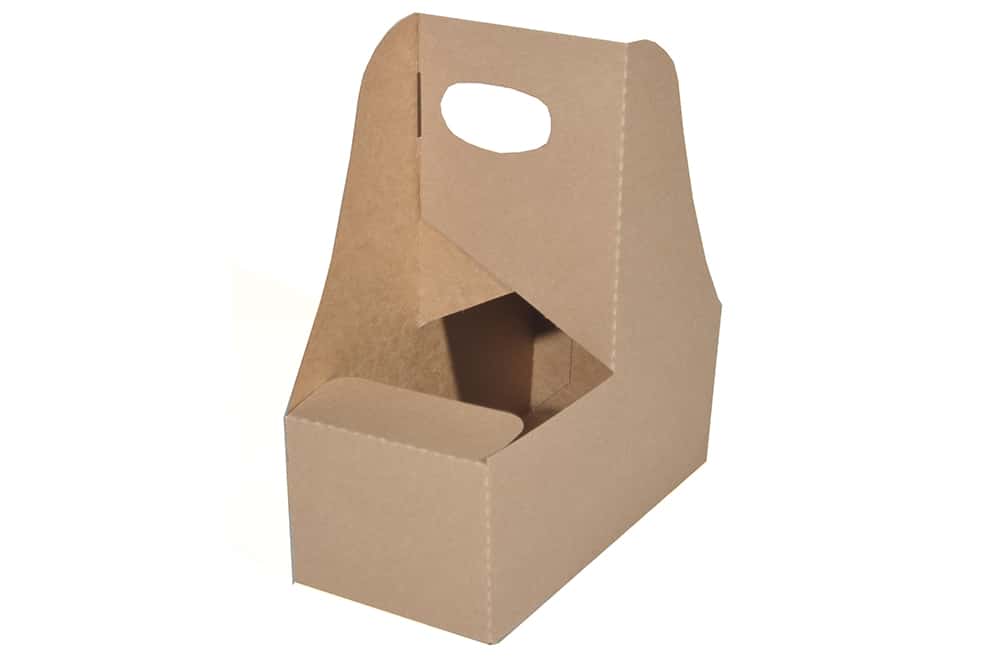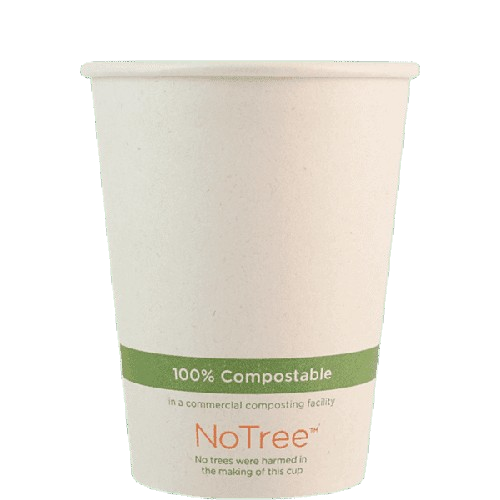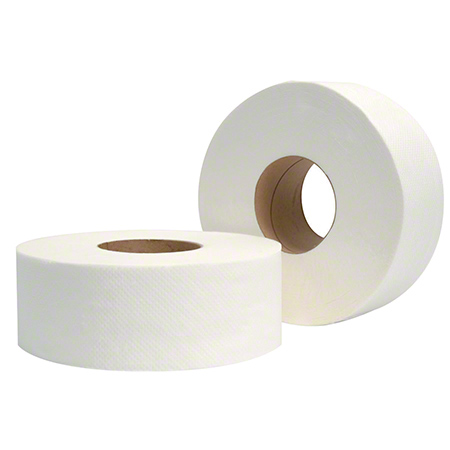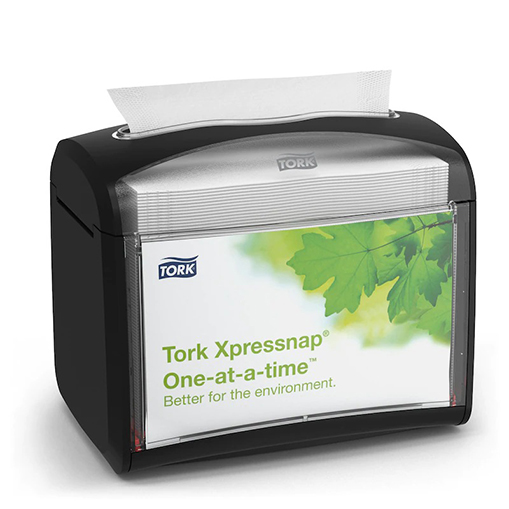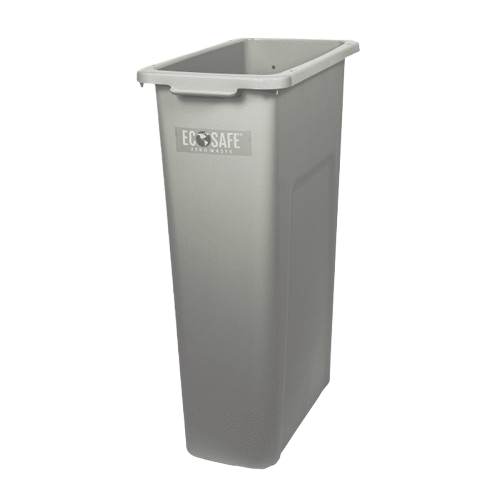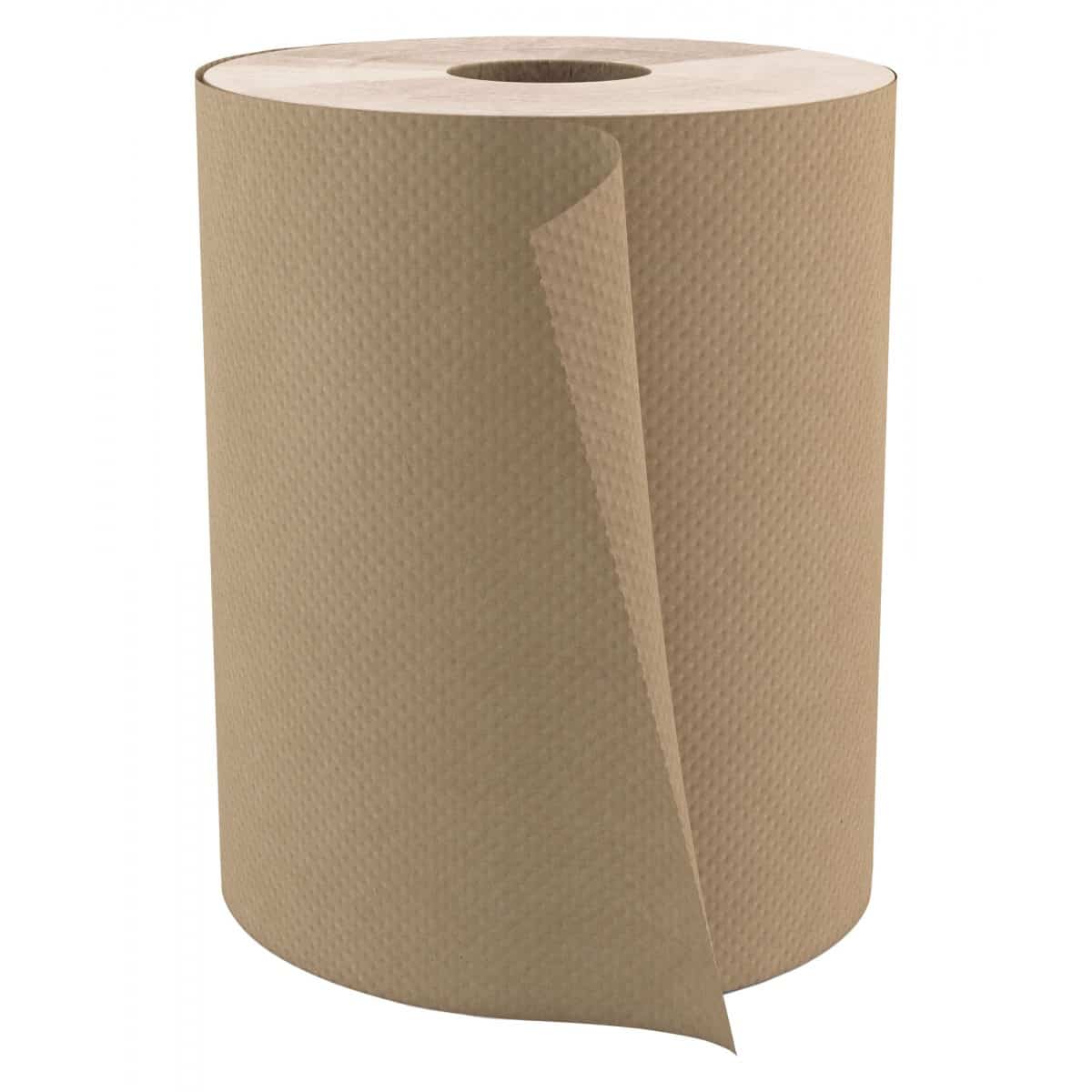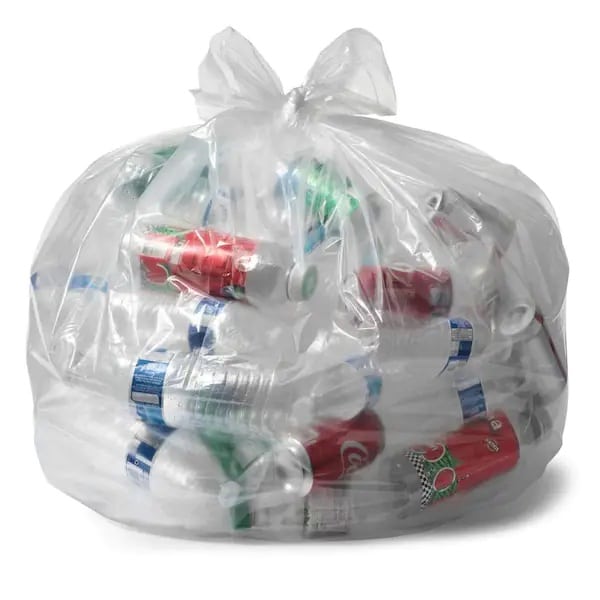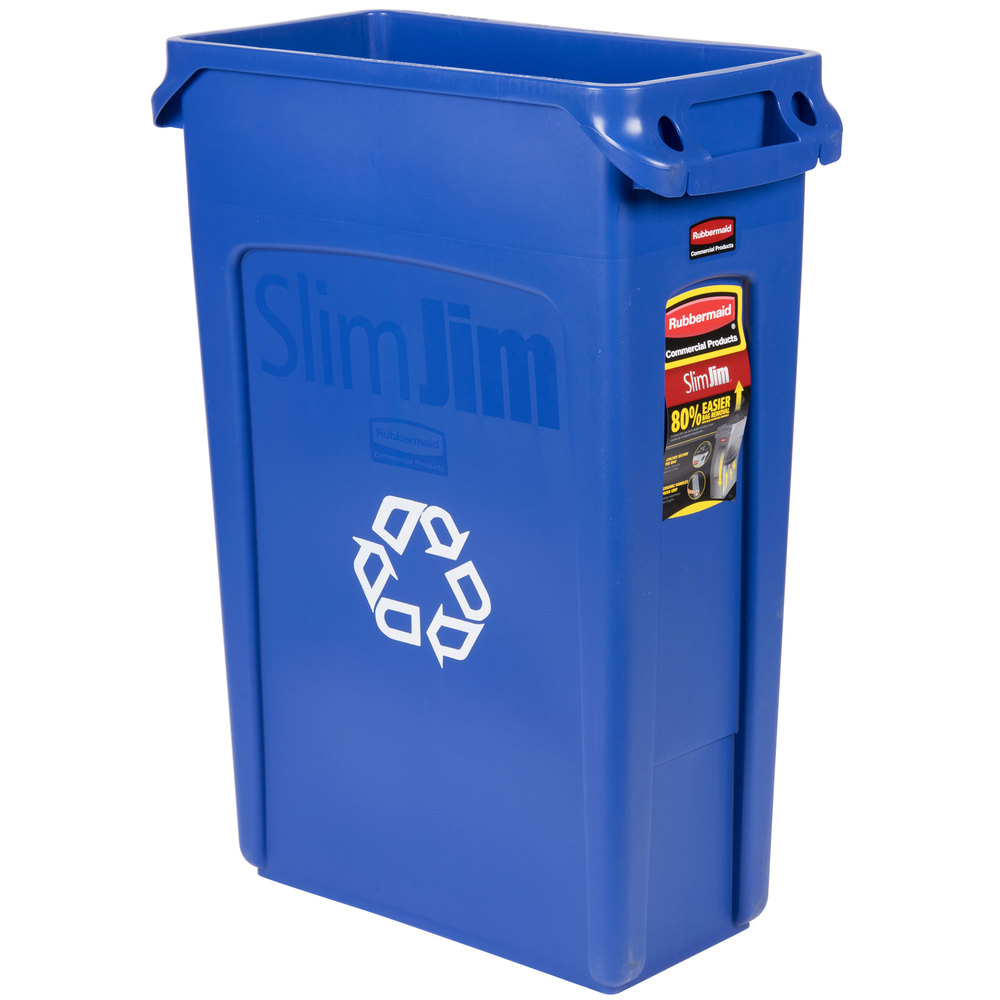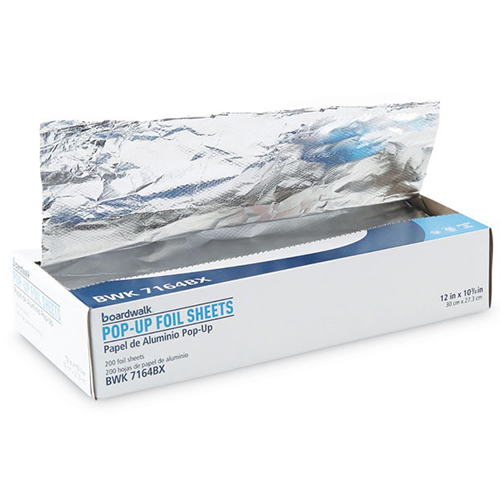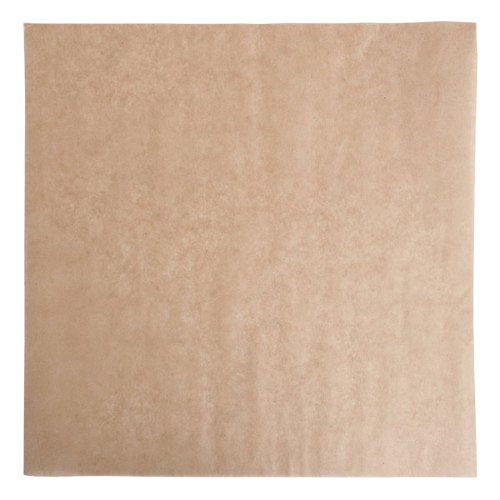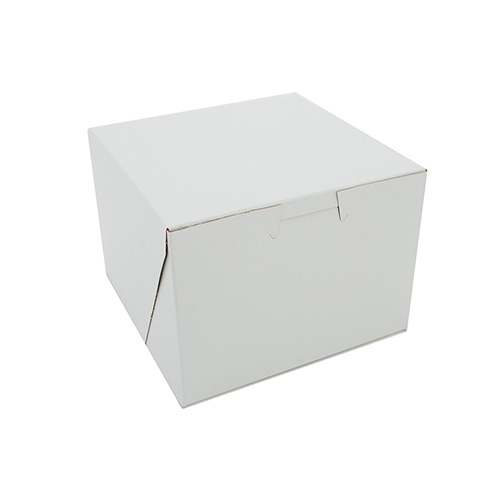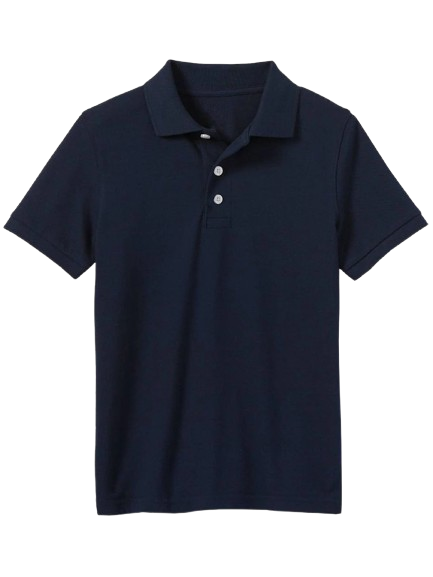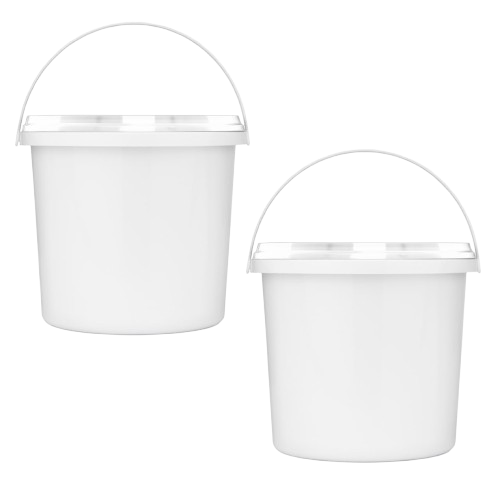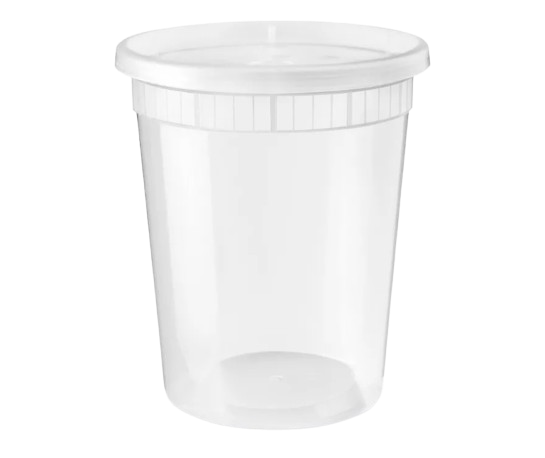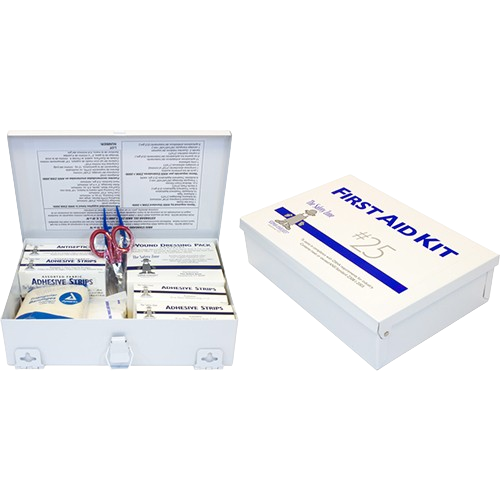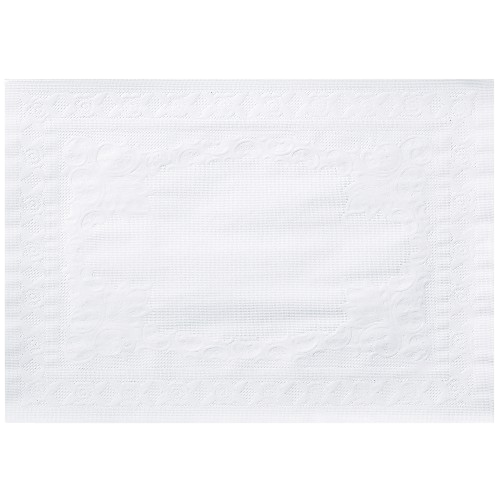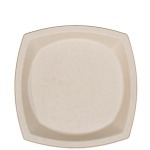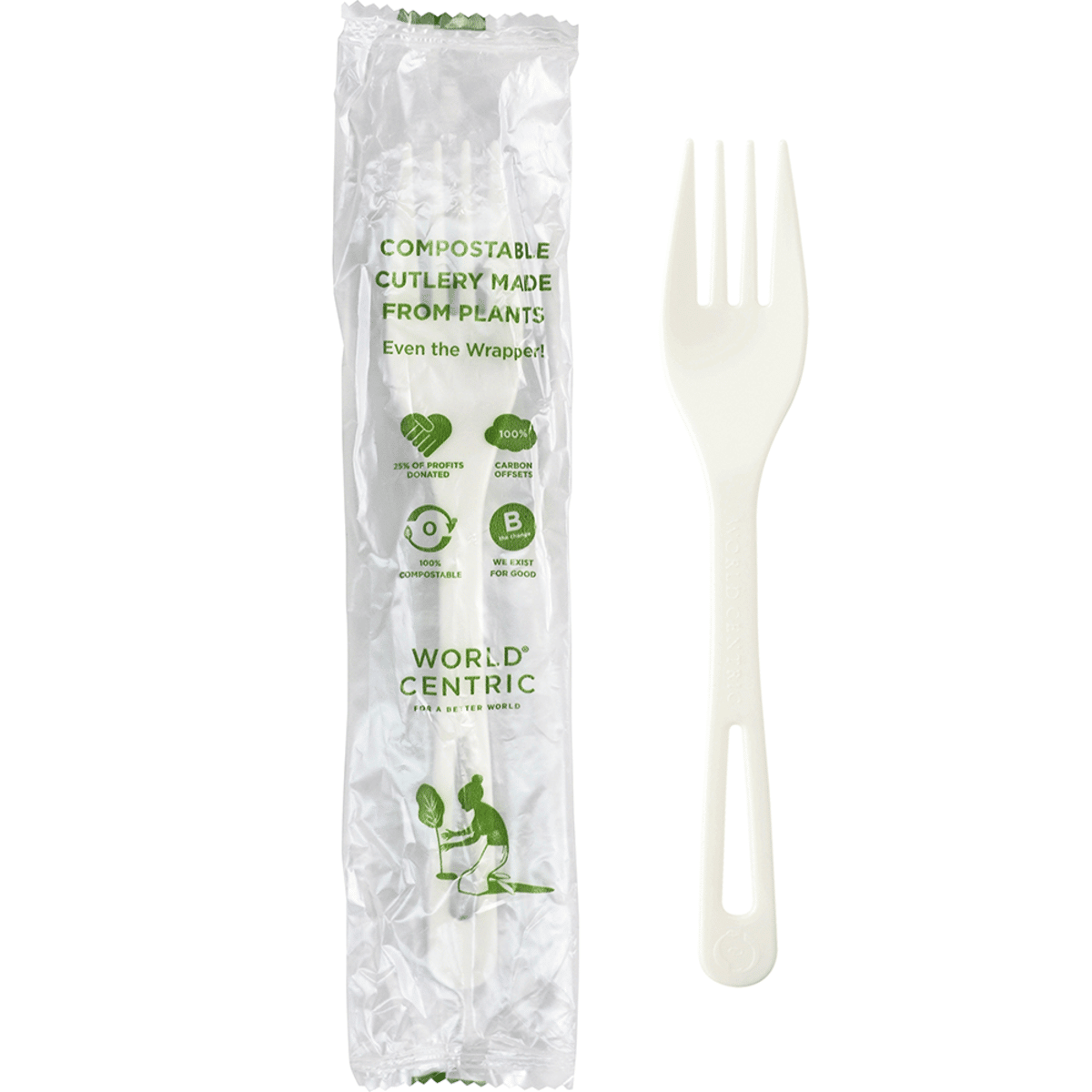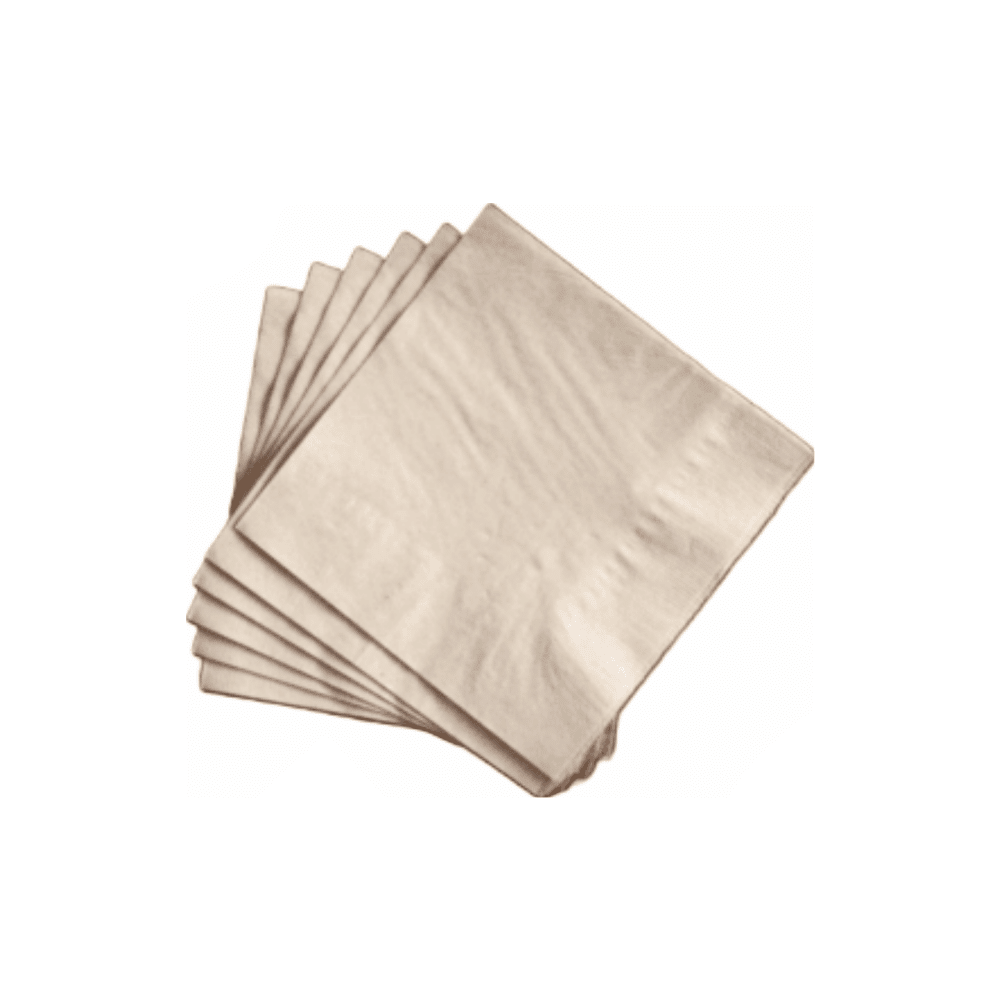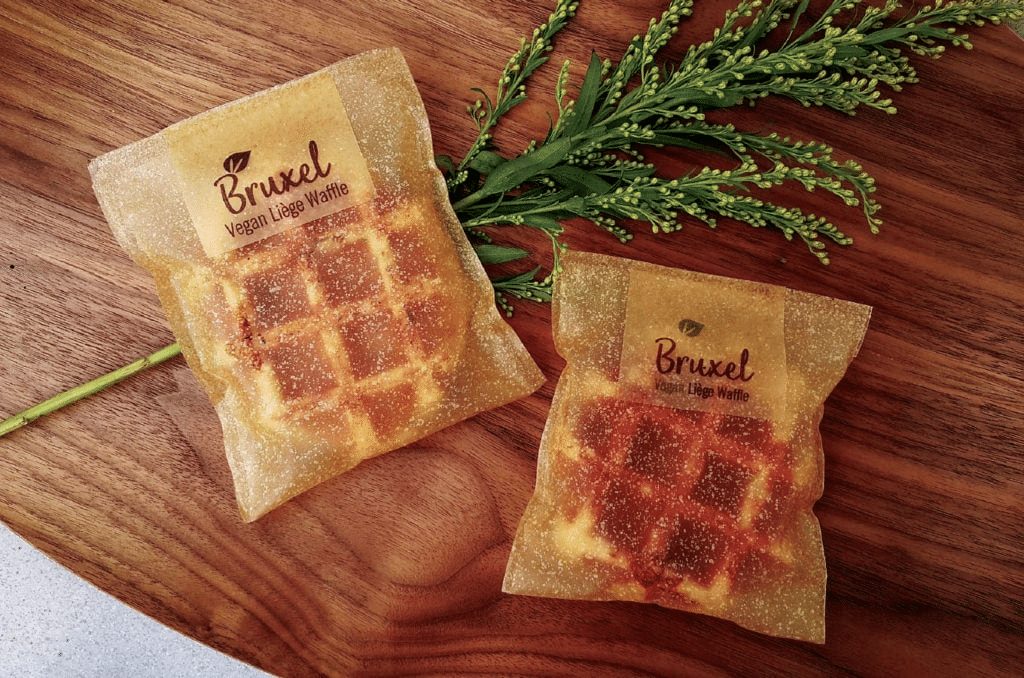
Seaweed Packaging: A Sustainable Solution to Plastic Pollution
The world is facing an alarming plastic pollution problem that is affecting the environment and the health of our oceans. The production of plastic only produces about 850 million metric tons of greenhouse gas emissions and contributes for about 20% of the oil consumption in the world. 50% of plastic is used only once before it is thrown away. So what exactly happens to that plastic once it is thrown away? Well, every year, millions of tons of plastic waste, approximately 6.3 billion tons to be exact, end up in our waterways and littering our streets, harming marine and animal life, ecosystems, and the land. Not only are the individuals living on the planet looking for a change, but many businesses are now trying to find a solution that is beneficial to everyone. Sustainably packaging has been trending for at least the last four years and it is not looking to slow down.
To tackle this problem, researchers and companies are exploring alternative green food packaging materials. Some, like The Earthshot Prize, are doing so by finding solutions within communities around the globe. They select the most impactful solutions, help those finalists accelerate their solution, award them money to help, and then help them scale the business and more importantly, their solution. Their Build A Waste-Free World winner for 2022 was a company called NOTPLA (short for “not plastic”), who decided seaweed and other plants were better alternatives to plastic.
Seaweed is definitely becoming one promising solution. Seaweed is a type of algae that grows in the ocean and has been used for various purposes throughout history, including food, medicine, and fertilizer. Recently, researchers have found that seaweed can also be used as a packaging material due to its unique properties. Not only is it completely biodegradable and totally natural, it can be used for a variety of packaging needs, such as a coating for food containers, paper for cosmetics, and even packaging for hot food.
Seaweed is a renewable resource that grows quickly, roughly one meter a day and up to 60 times faster than land-based crops, and requires no fresh water, fertilizer, land, or pesticides to thrive. It also absorbs carbon dioxide during photosynthesis, up to 20 times more carbon per acre than forests, making it a carbon-neutral material. Moreover, seaweed is biodegradable and can be composted, commercially or at home, or used as animal feed after use, eliminating the need for landfill disposal.
Seaweed packaging can be used in various forms, such as film, foam, and clamshell food containers. It can be produced using different types of seaweed, depending on the specific requirements of the product. For example, red seaweed is suitable for making films, while brown seaweed is ideal for creating thicker materials like foam and containers. The different parts of the seaweed is what is used to make the different materials as well.
Several companies have already started using seaweed packaging for their products. For instance, Indonesian startup Evoware produces a seaweed-based packaging material that can dissolve in hot water and is edible. They leverage Indonesia’s ten million tons per year seaweed harvest. Evoware distributes its products in several countries, including Indonesia and Australia, two island-based countries. Their product line includes edible food wrappers, dry seasoning packets, instant coffee packets and non-edible soap wrappers, and toothpick wrappers. Loliware, a US-based company, produces seaweed-based pha straws and cups that are biodegradable and can be consumed as a snack. Even the airline industry is looking to find plastic alternatives for their packaging and other food service items. The US alone uses an average of 350 plastic cups per flight which equals four million plastic cups a day. The challenge that the airline industry faces is whether or not the item will hold up across different environments, such as cold arctic regions to humid and hot regions.
Seaweed packaging has several advantages over traditional plastic packaging. It is environmentally friendly, biodegradable clamshell packaging, and compostable, making it a sustainable option that reduces the amount of waste generated by packaging. It captures a large amount of carbon and helps to de-acidify the ocean. Seaweed packaging also has excellent barrier properties, protecting the contents from moisture, oxygen, and other contaminants. Furthermore, it is lightweight and easy to transport, reducing the carbon footprint of the product.
However, there are also some challenges associated with seaweed packaging. One of the main challenges is the scalability of the production process. Seaweed farming is still an emerging industry, and there are limited resources and infrastructure available for large-scale production. With that said, ocean-farmed seaweed is becoming more popular and a wide variety of seaweed is being grown. This prevents seaweed from being cultivated from sensitive habitats, such as those areas where endangered aquatic wildlife live or where erosion is prevalent along a coastline. The logistics of harvesting and transporting seaweed can also be challenging, especially in remote areas.
Another challenge is the cost of seaweed packaging. The cost of seaweed packaging is currently higher than that of traditional plastic packaging. While it is a sustainable alternative to plastic packaging, it is currently more expensive to produce. This cost difference can be a significant barrier to entry for companies looking to switch to seaweed packaging, especially for small and medium-sized businesses. One element that may help in reducing the costs, is by utilizing the seawood waste from the food industry. Due to the popularity of seaweed as an ingredient in different food dishes, there was an over-cultivation of seaweed. Using the waste ensures that the use of seaweed becomes a circular economy, but also that marine life is not disturbed by an overabundance of seaweed.
Another challenge is the variability in the quality of seaweed. Different types of seaweed have different properties, and the quality of seaweed can vary depending on factors such as water temperature, nutrient availability, and pollution levels. This can make it challenging to ensure consistent quality in seaweed packaging products, which can impact their performance and durability.
Finally, there is a need for more research and development in the area of seaweed packaging. While there have been several successful pilot projects and small-scale initiatives, more research is needed to fully understand the properties of seaweed and how it can be optimized for use in packaging. This research can help address some of the challenges associated with seaweed packaging and pave the way for more widespread adoption of this sustainable alternative to plastic packaging. As the industry grows and scales up, many of these challenges are expected to be addressed.
In conclusion, seaweed packaging is a sustainable alternative to traditional plastic packaging that can help reduce the impact of plastic pollution on the environment. Its unique properties make it an attractive option for companies looking to reduce their environmental footprint and offer more sustainable products to consumers. As the seaweed farming industry grows and technology improves, we can expect to see more seaweed-based products on the market, contributing to a more sustainable future for us all.



